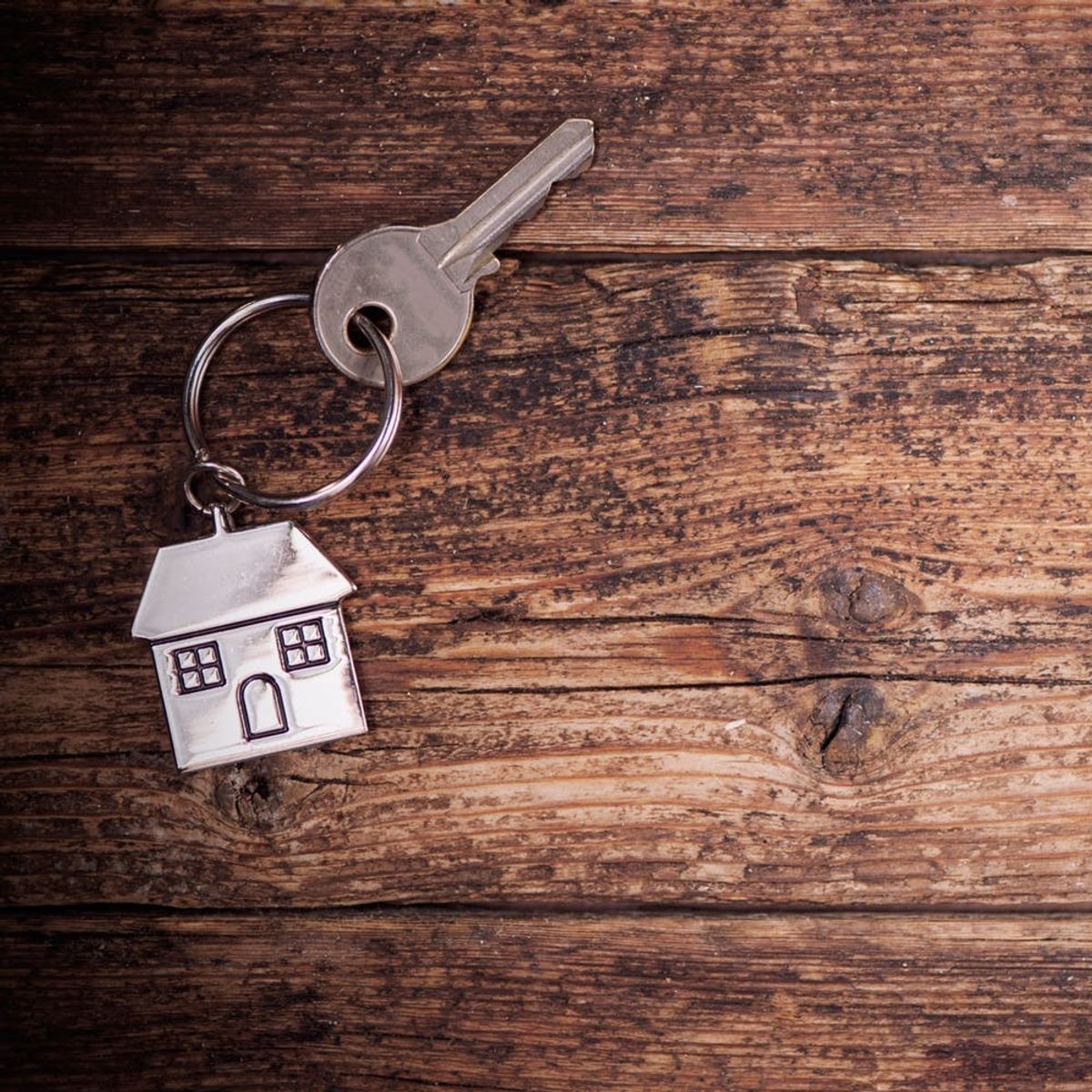7 Common Myths About Being a Homeowner

Zillow is the most-visited site in your browsing history. You just love exploring the available homes in your area, secretly imagining yourself moving through their rooms, which (of course) are magically decorated in your signature style. You could care less about what’s happening with Rachel Lindsay on The Bachelorette because, if you’re being totally honest, the only shows you have eyes for are on HGTV. You spend hours on Pinterest scrolling through perfectly appointed spaces, flagging rooms with paint colors that are just slightly out of your comfort zone, because everyone knows you love to take a good design risk.
You, my friend, are house-obsessed.
In a world that gives us tons of opportunities to get an inside look at other people’s homes, it’s easy to imagine that homeownership is a dreamy land of totally affordable kitchen remodels, low-impact demo days, and accessory shopping at ultra-organized flea markets. If only it were that easy! To help set us straight on what it’s really like to own a home, we checked in with the experts at high-tech home security company Blink. They’re helping us debunk seven homeowner myths that you may have picked up — and telling us the hard truth about situations that we non-owners may have never even considered. Read on for the inside scoop.

Myth #1: A lifetime warranty means you’re covered for life. A warranty is a familiar item on House Hunters wish lists, but this kind of guarantee is not as airtight as you might think. “The term ‘lifetime warranty’ is usually a bad choice of words, as it rarely ever means lifetime,” says Blink’s David Laubner. “The definition varies from company to company, and it’s important to get all the details and read the fine print before making a purchase.” Be a smart shopper, and make sure you ask for the real deal behind your so-called lifetime warranty before you sign on the dotted line.
Myth #2: Home security is too expensive to be worth it. Many security systems are super pricey, but there are definitely accessible options that can help you keep your home (and the people in it) safe. You can opt for a DIY video monitoring system (like Blink’s) without breaking the bank, so do your research before you give up on the idea of security entirely.
Myth #3: All new appliances are more efficient than their older counterparts. We know the sight of a bright white refrigerator or oven gives you butterflies (dramatic much?), but don’t pretend that your aversion to anything other than new stainless steel or trendy copper has anything to do with energy efficiency. “There are dishwashers, refrigerators, and washing machines that are being made exactly like their predecessors with very little added efficiency,” Laubner says. He suggests checking appliances for the Energy Star label to ensure that an item is efficient.
Myth #4: Smart home devices are too technical for everyday users. While your favorite real estate shows may make it seem like fancy tech accessories for the home are a hot commodity and only minimally accessible to everyday buyers, in-home gadgets are becoming more common — and they’re getting easier to use too. “Times have changed, and millions of homeowners now enjoy the enhanced security, convenience, and savings that a smart home can offer,” Laubner says. “Smart home companies have figured out how to make the setup process as easy as connecting your phone to WiFi.” That we can handle.
Myth #5: Insurance covers all floods. We know this is super un-glamorous territory, but topics like insurance are really important for homeowners and aspiring homeowners. Many people believe that homeowners’ insurance covers nearly any type of claim, but that’s not always the case. Laubner offers flooding as an example. Many policies only cover water damage that happened accidentally from an interior source, which means a flood caused by an outdoor drain or pipe could bury you financially.
Myth #6: DIY projects don’t require permits. You’ll never see Chip and Joanna Gaines applying for a permit before they tear into a fixer upper, but that doesn’t mean they didn’t need to get one! Small DIY projects (replacing flooring, painting, etc.) don’t require approval, but plenty of others do. “Before you start your project, make sure you contact a local representative to share your proposed plans,” Laubner says. “They will then be able to share next steps and permit pricing.”
Myth #7: Any remodeling project will add value to your house. Don’t embark on a demo day without a clear plan of action and some expert input. “Although a good project will definitely add value, a poor one will certainly decrease your home’s value,” Laubner says. Consider how exactly a remodeling project will impact a house’s ability to sell in the future. Knocking down bedroom walls to create a large master suite, for example, may feel really luxurious to you in the moment, but it will likely deter future buyers who are looking for additional rooms to fill with their own family members.
What do you think is the biggest homeowner myth out there? Tweet us @BritandCo!
(Photo via Getty)


















